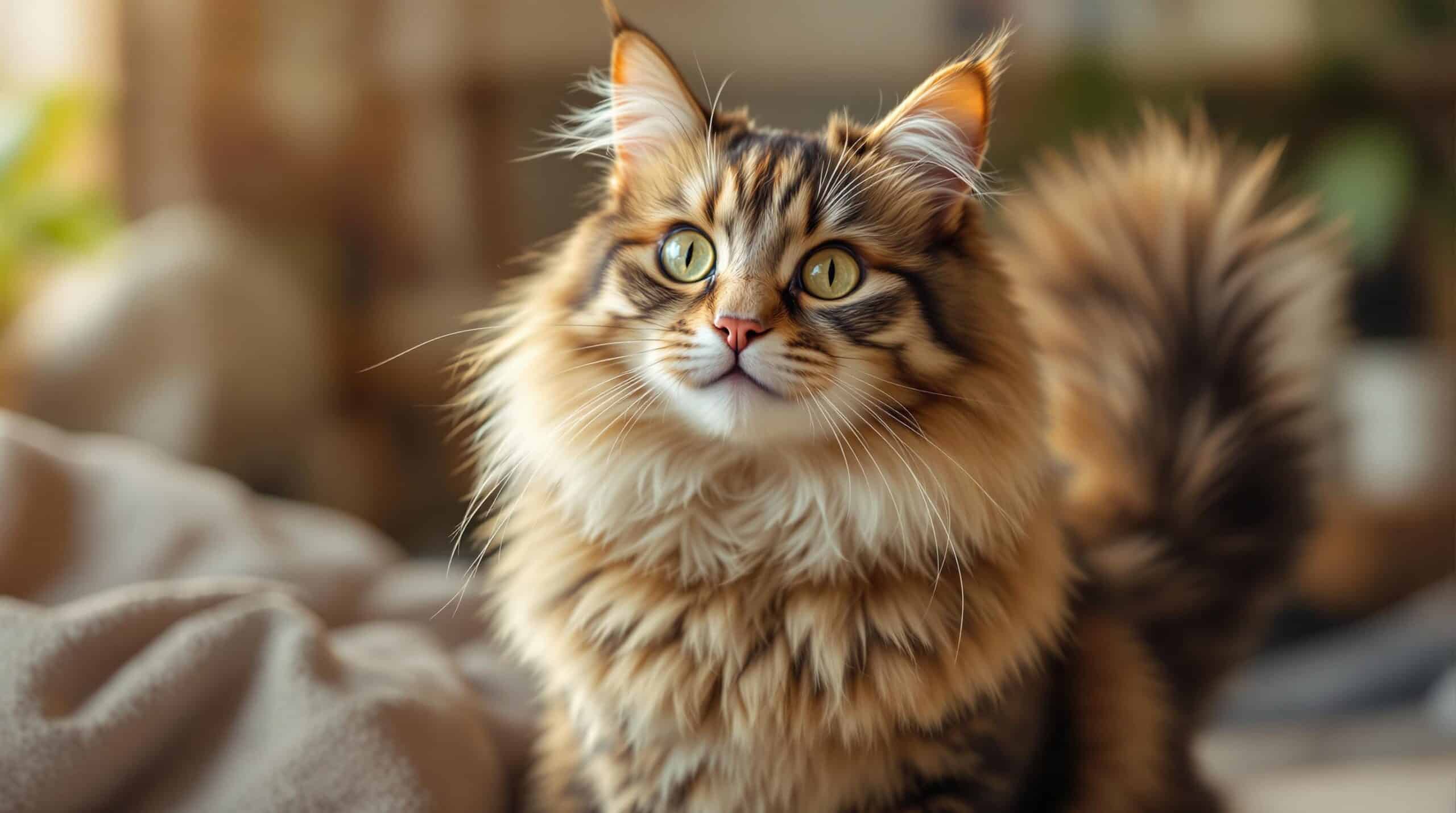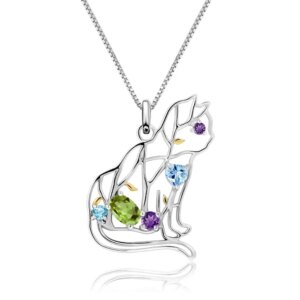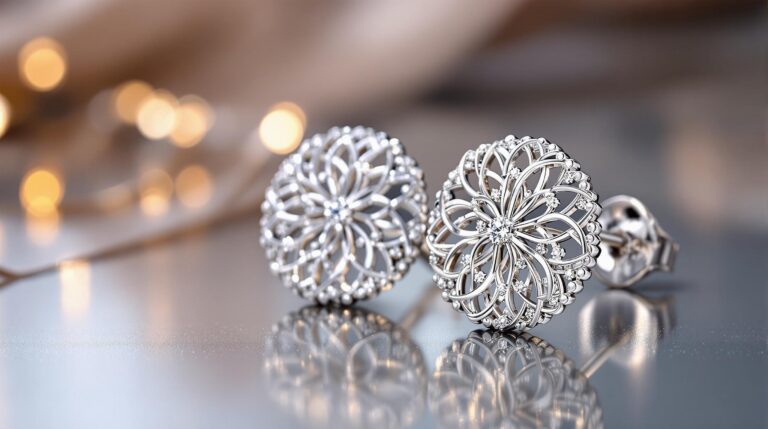We at Cat Karma Creations know that cats are known for their expressive tails, which can reveal a lot about their mood and behavior. In this article, we will explore the various tail movements, including tail twitching, and what they mean. We will also provide practical tips for cat owners to better understand and communicate with their feline friends. By the end, you will have a deeper appreciation for the intricate language of cats and how to interpret their tail signals.
The Significance of Cats Tail Twitching
Emotional States Indicated by Tail Twitching
Tail twitching is a common and often misunderstood behavior in cats. When a cat’s tail is twitching, it can indicate a range of emotional states, from excitement to irritation. One of the most common reasons for tail twitching is excitement, especially when a cat is about to pounce on a toy or prey. However, it can also signal irritation, especially if the cat feels annoyed or overstimulated. Observing the context and other body language cues can help you determine the exact emotional state of your cat. At Cat Karma Creations, we understand the importance of these subtle cues and how they can enhance your bond with your feline companion.
Behavioral Signs of Tail Twitching
In addition to emotional states, tail twitching can also indicate specific behavioral signs. For example, a cat that is twitching its tail might be showing signs of alertness and curiosity. This behavior is often seen when a cat is focused on something interesting or new in its environment. On the other hand, a cat that is twitching its tail might also be indicating a defensive or aggressive stance, especially if the tail is held low and is moving quickly. Understanding these behavioral signs can help you respond appropriately to your cat’s needs. Our team at Cat Karma Creations is dedicated to helping you understand your cat’s unique behaviors and needs.
Health Indicators from Tail Twitching
Tail twitching can also be a health indicator. If your cat’s tail is twitching more than usual or if the twitching is accompanied by other unusual behaviors, it could be a sign of pain or stress. For example, a cat that is experiencing pain in its tail or lower back might twitch its tail more frequently. Similarly, a cat that is stressed or anxious might also exhibit increased tail twitching. If you notice any changes in your cat’s tail behavior, it’s a good idea to consult a veterinarian to rule out any underlying health issues. At Cat Karma Creations, we emphasize the importance of your cat’s well-being and encourage regular check-ups.
Common Tail Movements and Their Meanings
Tail Wagging: Happiness and Playfulness
While dogs wag their tails to show happiness, cats have a different way of using their tails to communicate. When a cat is wagging its tail, it usually indicates happiness and playfulness. This movement is often seen when a cat is greeting its owner or playing with a toy. A happy cat might also hold its tail high and straight, with a slight curve at the tip, to show confidence and contentment. Understanding the difference between a cat’s tail wagging and a dog’s tail wagging can help you better interpret your cat’s mood. At Cat Karma Creations, we offer a range of cat-themed gifts and jewelry that can enhance your bond with your feline friend.
Tail Flicking: Agitation and Frustration
Tail flicking is another common tail movement in cats, and it usually indicates agitation or frustration. When a cat is flicking its tail, it might be feeling annoyed or irritated. This behavior is often seen when a cat is in a stressful situation or when it feels threatened. A cat that is flicking its tail might also be trying to communicate that it wants to be left alone. Observing the context and other body language cues can help you understand the reason behind the tail flicking and respond appropriately. Our team at Cat Karma Creations is here to help you navigate these behaviors and improve your relationship with your cat.
Tail Positioning: Mood and Behavior
The position of a cat’s tail can also provide valuable information about its mood and behavior. For example, a cat that is holding its tail high and straight is usually feeling confident and content. On the other hand, a cat that is holding its tail low and close to its body might be feeling scared or anxious. A cat that is tucking its tail between its legs is often feeling very fearful or submissive. By paying attention to the position of your cat’s tail, you can gain insight into its emotional state and respond in a way that helps it feel more comfortable and secure. At Cat Karma Creations, we offer a variety of products that can help you create a more comfortable and stimulating environment for your cat.
How to Interpret Your Cat’s Tail Language
Observing Tail Movements for Better Communication
One of the best ways to understand your cat’s tail language is to observe its movements closely. Pay attention to the speed, direction, and intensity of the tail movements, as well as the context in which they occur. For example, a cat that is slowly swishing its tail from side to side might be feeling relaxed and content, while a cat that is quickly flicking its tail might be feeling agitated or frustrated. By observing these movements, you can better interpret your cat’s mood and respond in a way that helps it feel more comfortable and secure. Our team at Cat Karma Creations is dedicated to helping you understand and communicate with your cat more effectively.
Using Tail Signals to Understand Your Cat’s Needs
Tail signals can provide valuable insights into your cat’s needs. For example, a cat that is flicking its tail might be trying to communicate that it wants to be left alone or that it is feeling stressed. A cat that is holding its tail high and straight might be feeling confident and content, and might be more open to interaction. By understanding these signals, you can better meet your cat’s needs and build a stronger bond with your feline friend. At Cat Karma Creations, we offer a range of cat-themed gifts and jewelry that can help you celebrate your bond with your cat.
Responding to Tail Cues for a Happier Cat
Responding appropriately to your cat’s tail cues can help create a happier and more harmonious relationship. For example, if your cat is flicking its tail and showing signs of agitation, it’s a good idea to give it some space and avoid touching or petting it. On the other hand, if your cat is holding its tail high and straight, it might be more open to interaction and play. By responding to your cat’s tail cues, you can help it feel more comfortable and secure, and strengthen your bond with your feline friend. Our team at Cat Karma Creations is here to support you in creating a happy and healthy environment for your cat.
Tips for Cat Owners: Enhancing Your Bond Through Tail Language
Building Trust Through Understanding
Building trust with your cat is essential for a strong and healthy relationship. One of the best ways to do this is by understanding and responding to your cat’s tail language. By observing your cat’s tail movements and responding appropriately, you can show your cat that you are attentive and responsive to its needs. This can help build trust and create a more secure and comfortable environment for your cat. At Cat Karma Creations, we offer a variety of products that can help you build a stronger bond with your cat.
Creating a Safe and Comfortable Environment
Creating a safe and comfortable environment for your cat is crucial for its well-being. This includes providing a quiet and secure space where your cat can retreat when it feels stressed or overstimulated. You can also provide plenty of toys and activities to keep your cat mentally and physically stimulated. By creating a safe and comfortable environment, you can help reduce stress and anxiety in your cat, which can lead to fewer behavioral issues and a happier feline friend. Our team at Cat Karma Creations is committed to helping you create the perfect environment for your cat.
Encouraging Positive Interactions
Encouraging positive interactions with your cat can help strengthen your bond and improve communication. This includes engaging in playtime, providing affection, and responding to your cat’s tail cues. For example, if your cat is holding its tail high and straight, it might be more open to interaction and play. On the other hand, if your cat is flicking its tail, it might be better to give it some space. By encouraging positive interactions, you can help your cat feel more comfortable and secure, and build a stronger bond with your feline friend. At Cat Karma Creations, we offer a range of products that can enhance your playtime and interactions with your cat.
Popular Quote
“A cat has absolute emotional honesty; human beings, for one reason or another, may hide their feelings, but a cat does not.” — Ernest Hemingway
Statistical Fact
According to a study by the American Veterinary Medical Association, approximately 95.6 million households in the United States own a cat. This statistic highlights the widespread love and companionship that cats provide to their human families. While this number is impressive, it’s important to note that understanding and responding to your cat’s tail language can significantly enhance your bond and ensure a happier, healthier relationship. (Source: American Veterinary Medical Association)
Three Tips for Understanding Your Cat’s Tail Twitching
- Observe the Context: Always consider the environment and other body language cues when interpreting your cat’s tail movements. For example, a cat that is twitching its tail while playing is likely excited, while a cat that is twitching its tail while hiding might be feeling anxious.
- Respond Appropriately: If your cat is flicking its tail and showing signs of agitation, give it some space and avoid touching or petting it. On the other hand, if your cat is holding its tail high and straight, it might be more open to interaction and play.
- Consult a Veterinarian: If you notice any changes in your cat’s tail behavior, especially if the twitching is accompanied by other unusual behaviors, consult a veterinarian to rule out any underlying health issues.
Popular Questions About Cats Tail Twitching
- Why does my cat’s tail twitch when I pet it? Your cat’s tail might twitch when you pet it because it is feeling overstimulated or irritated. Pay attention to your cat’s body language and give it some space if it seems uncomfortable.
- Is tail twitching a sign of pain in cats? Yes, tail twitching can be a sign of pain, especially if it is accompanied by other unusual behaviors. If you suspect your cat is in pain, consult a veterinarian.
- How can I tell if my cat is happy or stressed based on its tail? A happy cat will often hold its tail high and straight, with a slight curve at the tip. A stressed cat might hold its tail low and close to its body or tuck it between its legs.
- What does it mean if my cat’s tail is twitching rapidly? Rapid tail twitching can indicate agitation or frustration. Your cat might be feeling threatened or overstimulated. Give it some space and observe its other body language cues.
- Can tail twitching be a sign of a medical issue? Yes, tail twitching can be a sign of a medical issue, such as pain or stress. If you notice any changes in your cat’s tail behavior, it’s a good idea to consult a veterinarian.
Final Thoughts About Cats Tail Twitching
Understanding your cat’s tail twitching and other tail movements can significantly enhance your bond and communication. By recognizing the emotional and behavioral signs, you can better meet your cat’s needs and ensure its well-being. For more insights and unique cat-themed gifts, visit our website and explore our collection of high-quality, handcrafted jewelry and accessories. Follow us on Facebook, Instagram, and Pinterest to stay updated on the latest products and promotions. If you have any questions or need assistance, feel free to contact us at our contact form, info@catkarmacreations.com, or call us at (800) 343-1604.
| Feature | Tail Twitching | Tail Wagging | Tail Flicking |
|---|---|---|---|
| Emotional State | Excitement, Irritation | Happiness, Playfulness | Agitation, Frustration |
| Behavioral Sign | Alertness, Curiosity | Friendly, Inviting | Defensive, Aggressive |
| Health Indicator | Possible Pain, Stress | Generally Healthy | Possible Anxiety, Illness |
- Understanding the emotional states conveyed by a cat’s tail movements
- Recognizing the behavioral signs that accompany different tail positions
- Identifying potential health issues through tail activity
- Learning the nuances of cat tail language for better communication
- Using tail movements to gauge a cat’s mood and respond appropriately
- Exploring the unique ways cats use their tails to express themselves















